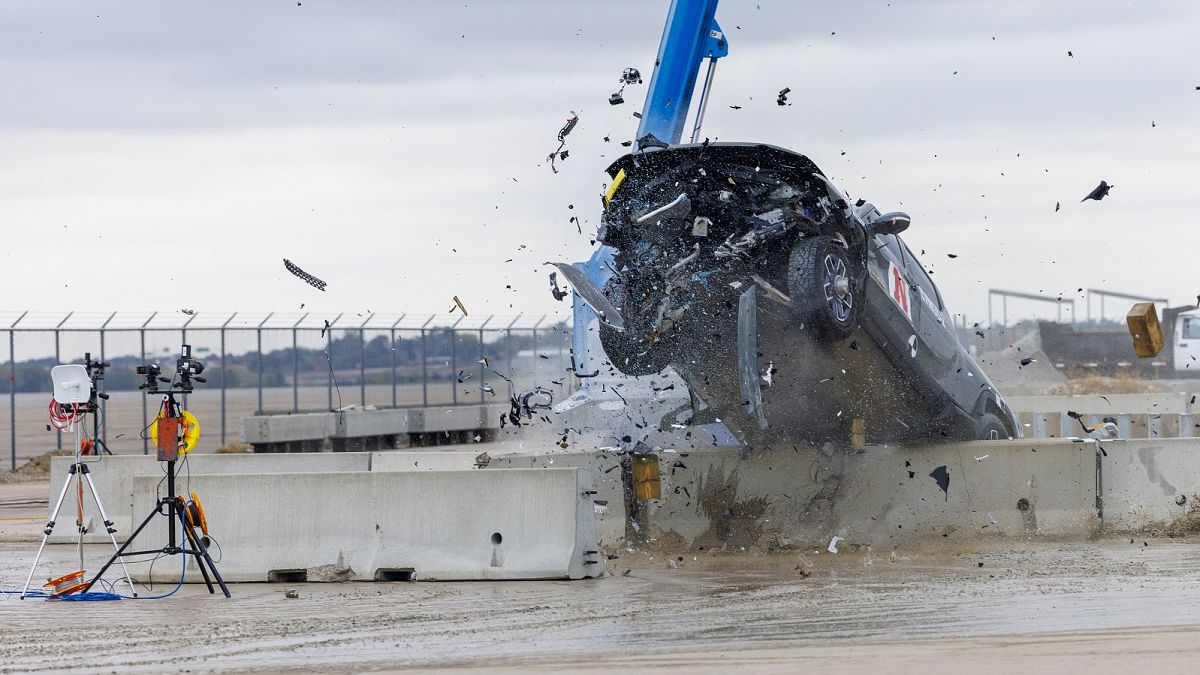The total elapsed time from exiting my route to rejoining was 19 minutes, of which 1 minute was driving to the petrol station, 6 minutes was refuelling (23.5 litres), 12 minutes was driving back to my route.
I refuelled both our vehicles on Tuesday and made a note of the details. Decided not to post as the 'stops' discussion seemed to have run its course, but as it has come up again ...
Stop 1 was the big Sainsbury's filling station in Telford just after lunch (14:35). Stopwatch timed from car stopping to car driving away again, 66.05 litres of unleaded, total elapsed time
3:04. This was paying in the kiosk, no queue. Contactless card payment as under £100.
Stop 2 was a big Morrisons forecourt later in the afternoon (16:26). Same timing method as above, 73.22 litres of diesel pumped, total time
4:21. Paying in the kiosk again, 1 person in front of me this time. Pin required for card payment as just over £100.
Neither fill required any diversion at all (and I passed other forecourts by the roadside I could have used instead if necessary). Both filling stations had big canopies so rain wouldn't have been inconvenient at all. We get Nectar points at Sainsburys and rewards points at Morrisons which is nice but these add a little time when paying. Both sites offered pay at pump which would possibly have been slightly quicker than walking to/from the kiosk.
The main thing though is that both vehicles have a 500 mile or so range, so refuelling for us is pretty infrequent. And whenever we do it's quick and painless, despite living in a fairly rural area with the nearest fuel being 6 miles away. The only time I've ever got fuel at motorway services is when driving to Germany and back.
Totally accept that it can be more of a pain for others though, depending on personal circumstances.
PS I joked before about my home filling station (complete with electric pump) that I use for the tractor, but actually keeping a jerrycan of fuel at home could potentially be quite handy if you run the car so low that you can't reach a filling station on your preferred route next time you're going out.

www.euronews.com
